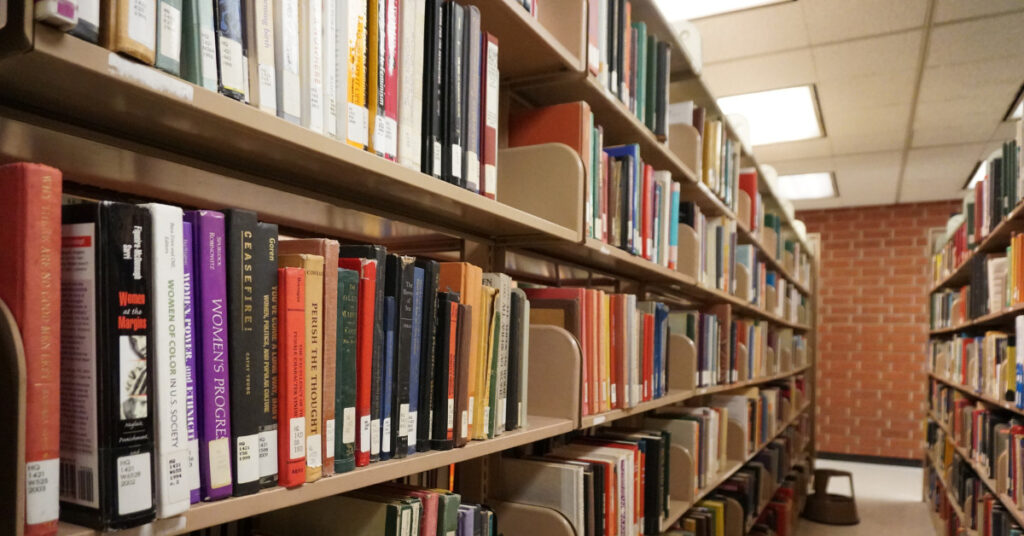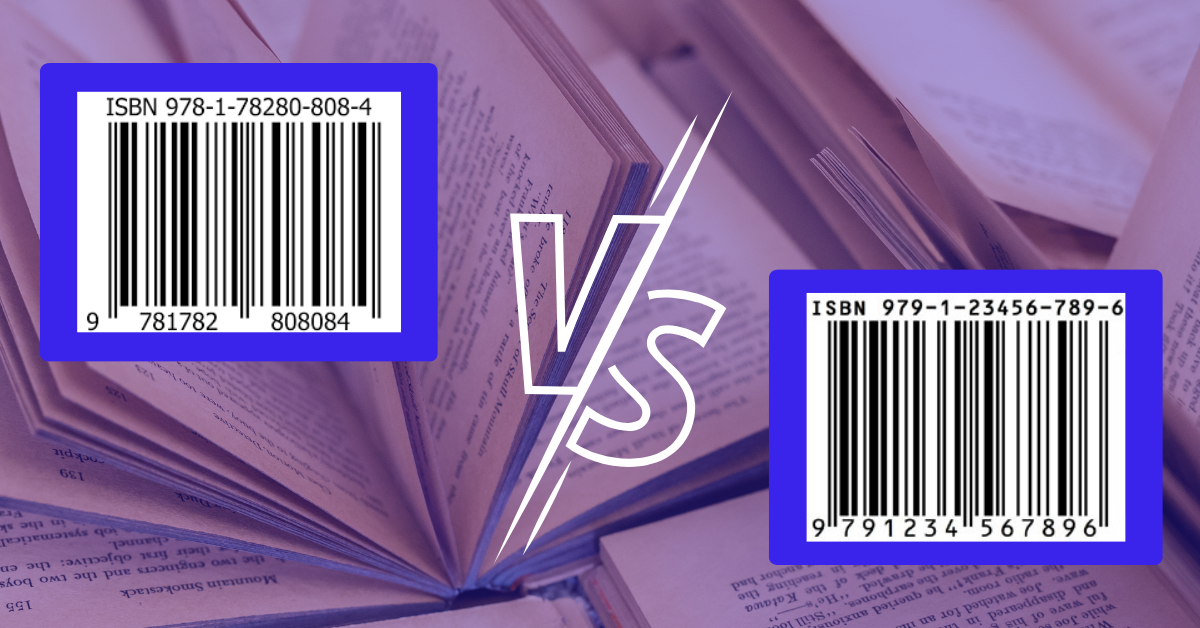
While the months continue to burn on faster and faster, this year proves to be an eventful one for the book and publishing industry. As authors continue to fight against the looming threat of artificial intelligence, librarians resist the ever-encroaching chains of censorship, and publishers reach record-breaking profits, we’re here through it all.
Here’s what you need to know about the major book industry news in October 2023. Also, be sure to check out our summary of news from September 2023.









